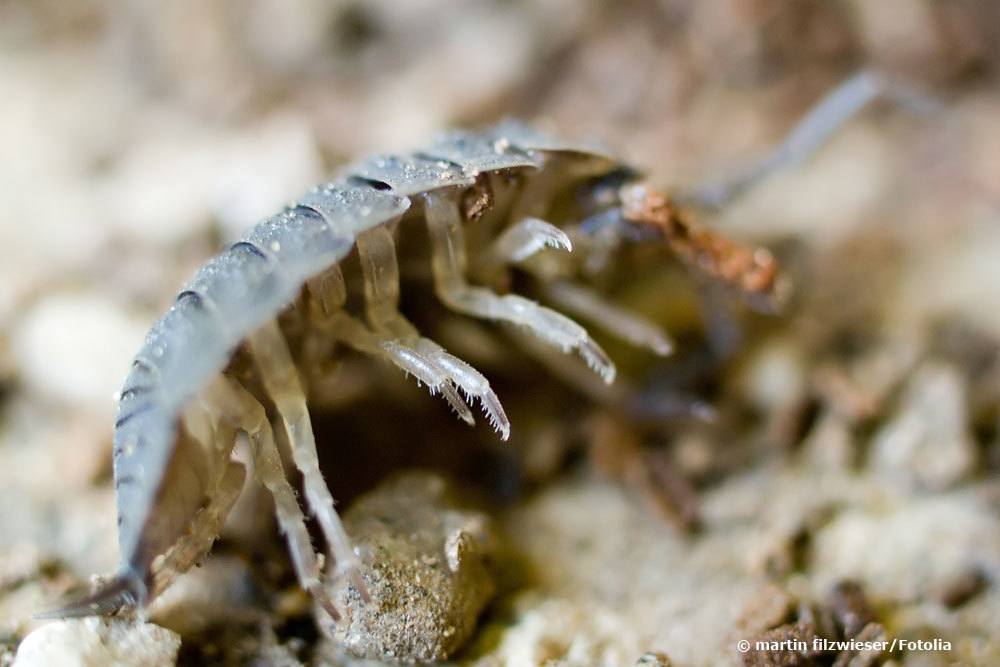Although woodlice are not insects, they share many behaviors with them. These include the fact that in autumn and winter woodlice are increasingly found in the house, under the flower pot and in all sorts of other cracks and corners. Now, rightly, the question arises, Porcellio Scaber, as the scientific name, is harmful, or whether they are annoying, but ultimately harmless visitors.
Woodlice in the house & flowerpot
To decide whether these unwanted visitors are merely a nuisance or really harmful, it helps to take a closer look at who is actually crawling:
Unexpectedly for many people, woodlice, like isopods in general, belong to the crustaceans. As such, they have very specific requirements for their ideal living environment:
- Moisture
- Food
- Darkness
- Moisture
Woodlice cannot survive without moisture. Water is essential for the animals, both for their own organism and for rearing their offspring. The gill-like respiratory system must be kept permanently moist with a film of water, so that the animals can only survive for a limited time in very dry environments.

Note: The need for moisture is particularly well seen in the way offspring are reared. Eggs and later young are transported by the females in a fluid-filled pouch on the abdomen. Therefore, the woodlice cannot reproduce in dry environments and specifically seek out moist to even wet environments, such as those found in the flower pot or the saucer, as well as in the house.
Food
Woodlice are particularly fond of rotting plant matter. As humus producers, they make a valuable contribution to the nutrient cycle of nature. On the other hand, they have difficulty utilizing fresh food, such as fruit, vegetables or processed products. This is why they are found in large numbers outdoors, especially in compost heaps. If they get into the house, however, they prefer the organic waste or the vicinity of houseplants instead of human food. In the end, one or the other can always be found rotting on these.
Note: If isopods stay in the kitchen, they are there mostly because of the high humidity and far less often only because of the food supply. The classification as a food pest is usually made on the baseless basis of disgust in conjunction with the spatial proximity to an asset worthy of special protection – the food.
Darkness
As nocturnal animals, woodlice love the dark. During the day, they often hide in dark cracks and crevices, or under leaves and other shielding objects. Only at night do they leave their hiding places in search of food. In the house, the woodlice pick up these habits and specifically seek out similar places to stay. Therefore, they are often found under loose skirting boards, in floor and wall cracks, or even on the dark underside of the flower pot.
Harmful or not?
If one summarizes the peculiarities of the woodlouse once, it is well comprehensible that they find absolutely also in the house areas, which agree with them. On the other hand, it is also clear that they do not specifically seek out the house to infest food. Instead, they merely seek out places within the building that correspond as closely as possible to their natural habitats. In particular, the falling temperatures in autumn and winter drive them into the houses. Similar to many other animals, they seek out places that are as hostile to life as possible over the winter.
Thus, it can be clearly stated that the woodlouse may be a nuisance, but it can clearly be classified as not harmful. Only in very large numbers it may happen once that they attack once not rotten food in the absence of other food. However, since the transmission of disease by woodlice has not been proven to date, in all likelihood no real harmful effect will result.


